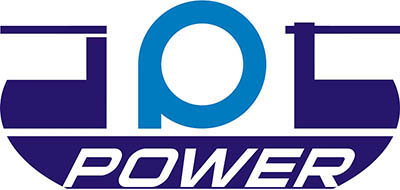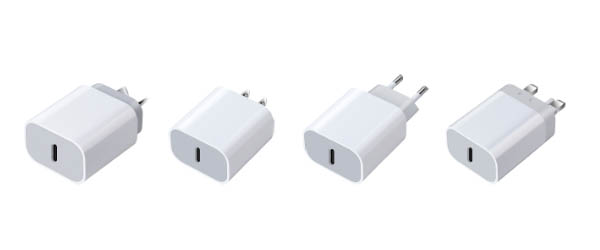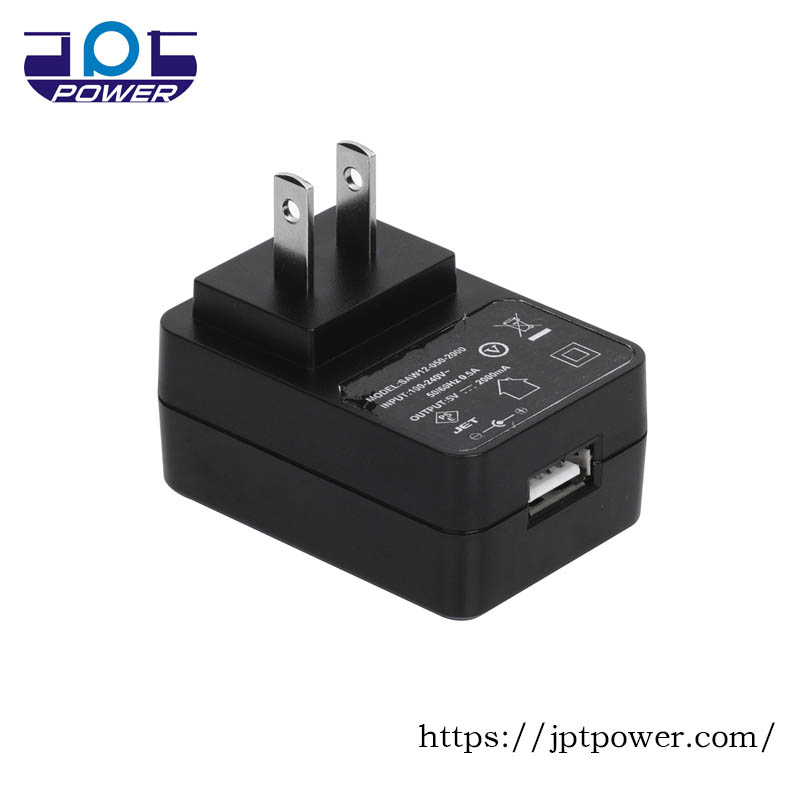Some knowledge about USB Type-C interface
I. What is USB Type-C interface?
A. Definition of the USB Type-C interface
USB Type-C interface is a digital signal transmission interface with a new plug design, which can be inserted on both sides without distinguishing the direction. Its interface size is smaller than the traditional USB-A interface and larger than the USB-B interface, which is more suitable for use in various application scenarios. At the same time, the USB Type-C interface also supports a variety of protocols and data transmission speeds, and can achieve high power charging.
Specifically, USB Type-C is a new interface standard introduced by the USB Implementers Forum (USB-IF). It not only supports high-speed data transmission and fast charging, but also has the advantages of reversible plug, unified standard, and strong scalability. Compared with the traditional USB interface, the USB Type-C interface is more intelligent and convenient, and has become the most widely used interface in modern digital devices.
B. Advantages of the USB Type-C port
1.Reversible plug design
The USB Type-C interface uses A new reversible plug design, which is significantly different from the traditional USB-A interface and USB-B interface. The structure of the plug is more complex, but also more compact, using a 24-pin connection, can achieve higher transmission speed and charging power. The reversible plug design is one of the most significant features of the USB Type-C interface. It not only facilitates the use of the user, but also reduces the user’s troubles when inserting the interface, and also reduces the damage rate of the device and the interface. More importantly, this design also provides more room for the expansion of more functions in the future, and also makes future devices more intelligent and convenient.
2. Higher data transfer speed
The transfer speed of the USB Type-C interface depends on the protocol used and the performance of the device itself. Typically, it can support speeds of 5Gbps, 10Gbps or higher, which is many times faster than traditional USB 2.0 and USB 3.0 interfaces. There are many factors affecting the data transmission speed, mainly including the performance of the device itself, the material and length of the connecting cable and other factors. At the same time, it is also necessary to use the same high-speed USB Type-C interface between the device and the computer in order to give full play to the advantages of its transmission speed.
3. Higher charging power
The USB Type-C interface supports Power Delivery technology, which can realize high-power charging. The advantage of Power Delivery technology is that it can be intelligent power distribution, according to the needs of different devices, adjust the size of the current and voltage, so that faster charging. In addition, this technology can also support two-way power supply, both to charge the device, but also through the USB Type-C interface to transfer power to other devices. The charging power of the USB Type-C interface depends on the power requirements of the connected device, the length and material of the cable and other factors. If the connected device requires higher power, then it also needs a more powerful power adapter to work with it, otherwise it will not be possible to achieve fast charging.
Below are some of our company’s USB power adapter products, I hope you like the type.All products have been certified by many authoritative institutions such as UL, cUL, CB, CE, TUV/GS, PSE, RCM, BIS, CCC PSB and so on.
4. Unify standards
USB Type-C interface unifies the standard of digital signal interface, so that different devices can be more convenient and faster interconnection and compatibility. The advantage of this is that it can not only reduce the user’s troubles, but also promote the continuous development of digital life, laying the foundation for the application of digital technology in the future.
II. Application fields of the USB Type-C interface
A. Mobile devices
1. Mobile phone: USB Type-C interface is widely used in mobile phones, mainly for data transmission and charging. Since this interface supports Power Delivery technology, higher charging power and faster charging speeds can be achieved. In addition, it can effectively reduce the number of cables, making the phone more lightweight and portable.
2. Tablet computer: USB Type-C interface is also widely used in tablet computers, which is also used for data transmission and charging. Tablets are larger than phones, so they need more powerful power adapters for fast charging. In addition, the reversible plug design of the USB Type-C interface also makes the tablet more portable and easy to use.
3. Laptop: USB Type-C interface is more and more widely used in notebook computers, which can provide high-speed data transmission and fast charging for computers. At the same time, because this interface adopts a reversible plug design, users can access the device more conveniently and quickly, which greatly improves the use experience of the device.
B. Peripheral devices
1. Display: The application of USB Type-C interface is also very wide, especially in the display. By connecting the USB Type-C interface, users can connect the display to computers, tablets and other devices to achieve high-speed data transmission and clear image output. In addition, because this interface supports Power Delivery technology, it can also achieve fast charging.
2. Printer: USB Type-C interface is also widely used in printers, mainly for data transmission and connection. By connecting the USB Type-C interface, users can transfer data from the computer to the printer, achieving high-speed output and accurate printing.
3. Speaker: USB Type-C interface is also widely used in speakers. Through this interface, audio source devices (such as mobile phones, computers, etc.) can be connected to the speaker to achieve high-quality music playback. In addition, because the USB Type-C interface supports Power Delivery technology, it can also charge the speaker quickly to extend the use time.
4. PD Charger: PD Charger is a charger using USB Type-C interface, which can support Power Delivery technology, so as to achieve higher charging power and faster charging speed. By connecting PD Charger, users can quickly charge various devices (such as mobile phones, tablets, laptops, etc.), greatly improving the user experience.
III. Technical features of USB Type-C interface
A. Data transmission
1. Ultra-high speed transmission
A. Transmission speed parameters of USB Type-C interface: USB Type-C interface supports a variety of speed levels, the highest standard is USB 3.2 Gen 2×2, which can theoretically achieve a transmission rate of 20 Gbps. And it adopts PCI Express signal technology, which can realize faster data transmission.
b. Influencing factors of data transmission: The data transmission speed is mainly affected by the transmission protocol, the processing capacity of the equipment itself and the quality of the transmission line.
2. Support multiple protocols
a. Protocols supported by the USB Type-C interface: The USB Type-C interface can support a variety of protocols, including USB 2.0/3.0/3.1/Thunderbolt 3/DisplayPort, etc., where Thunderbolt 3 and DisplayPort protocols can achieve faster data transmission and higher definition video output.
b. Features and application scenarios of various protocols: USB 2.0 protocol has a low rate and is suitable for simple data transmission, such as mouse and keyboard; USB 3.0 and 3.1 protocols provide higher transmission speeds, suitable for large-capacity file transfer, such as photos, videos, etc. The Thunderbolt 3 protocol enables faster data transmission and higher resolution video output, and is suitable for scenarios that require high efficiency data transmission and high resolution video output. The DisplayPort protocol can achieve high-definition video output and is suitable for scenarios that require high-definition video output.
B. Charging
1. Support Power Delivery technology
A. Overview of Power Delivery technology: Power Delivery technology is a fast charging technology based on USB Type-C interface. It supports two-way power supply and adaptive power control, which can provide higher charging power and faster charging speed for the device.
b. Advantages of Power Delivery technology: Power Delivery technology can automatically adjust the power supply according to the needs of the equipment, making charging more safe and efficient. At the same time, due to the use of USB Type-C interface, the number of cables can be effectively reduced and the portability of the device can be improved.
2. It can realize fast charging
a. The principle and process of fast charging: Fast charging is mainly achieved by increasing the charging voltage or current. When the device is connected to the fast charging adapter, the adapter will provide it with higher charging power according to the needs of the device to achieve faster charging speed.
b. Influencing factors of fast charging: The realization of fast charging is affected by many factors, including the hardware support of the device, the power output of the adapter, the quality of the charging line and the charging state. In order to ensure the effect of fast charging, it is recommended that users use the original factory or regular channels of fast charging equipment, and pay attention to the state of the device when charging.
IV. Precautions for the USB Type-C port
A. Selection of power adapter
1. Power size selection: When selecting an adapter, you need to select the appropriate adapter according to the power requirements of the device. If the adapter power is too small, the device may not be able to charge or charge slowly; If the adapter power is too large, the device may be damaged. You are advised to select the adapter that matches the device. You can find the power requirements of the adapter in the device manual.
2. Safety performance considerations: When choosing a power adapter, you need to pay attention to its safety performance and avoid using low-quality adapters to avoid damage or danger to the equipment. It is recommended that users choose a brand adapter with formal certification. You can understand the certification information of the adapter before purchasing.
B. Selection of wire material
1. Wire with high-quality materials: wire is an important part of connecting equipment and adapters, and high-quality materials need to be selected to ensure transmission efficiency and service life. It is recommended that users choose wires with high-quality metal materials, such as copper core, to improve transmission efficiency and leak-proof ability.
2. Avoid bending and pulling: When using the wire, it is necessary to avoid excessive bending and pulling to avoid damage to the wire. It is recommended that users avoid excessive bending and pulling when storing the wire, and properly store the wire.
C. Precautions in use
1. Avoid pulling: When the device is connected to the wire, it is necessary to avoid excessive pulling to avoid damage to the wire or equipment.
2. Avoid overheating: In the process of use, it is necessary to avoid excessive heat of the wire, so as not to affect the data transmission efficiency or the life of the equipment. It is recommended that users do not use the device or adapter for a long time and avoid using the device in a high temperature environment.
3. Avoid moisture and vibration: when storing and using wires, it is necessary to avoid moisture and vibration, so as not to affect the service life and transmission effect of wires. It is recommended that users store the wires in a dry and ventilated environment to avoid large vibrations.
V. Future development of USB Type-C interface
A. USB4.0 standard
1. New features and improvements of the USB4.0 standard: The USB4.0 standard is based on the USB3.2 and Thunderbolt3 standards, and mainly adds the following new features and improvements:
– Maximum transmission speed of 40Gbps, more than twice that of USB3.2;
– Multiple data channels and video output can be achieved through a single USB Type-C interface;
– Support PCI Express protocol and DisplayPort protocol;
– Added more advanced data compression algorithms to improve data transmission efficiency.
2. The application of USB Type-C interface in the USB4.0 standard: Because the USB Type-C interface has the characteristics of fast data transmission and fast charging, it has been widely used in the USB4.0 standard, especially its ability to support the simultaneous transmission of multiple protocols, which can further improve data transmission and device compatibility.
B. Internet of Things and smart home applications
1. The application of USB Type-C interface in smart home: The smart home system can be connected with smart devices through USB Type-C interface, such as smart speakers, smart lamps and smart appliances. The USB Type-C interface can quickly transfer data and control smart devices, making smart homes more intelligent and humanized.
2. The application of USB Type-C interface in the Internet of Things: USB Type-C interface is also widely used in the field of Internet of Things, such as smart medical devices, smart home devices, smart vehicles and smart cities. The USB Type-C interface can provide more efficient and convenient connections and services for iot devices through high-speed data transfer and fast charging.
C. Other new technologies
1. Combination of narrow frame display and USB Type-C interface: The combination of narrow frame display and USB Type-C interface can achieve a more concise and efficient connection mode. Users only need to connect the monitor to the computer through a single USB Type-C interface to achieve high-quality video output and data transmission.
2. Combination of wireless charging technology and USB Type-C interface: USB Type-C interface can also be combined with wireless charging technology to achieve a more convenient wireless charging method. Users only need to connect the wireless charger to the computer through the USB Type-C interface to achieve wireless charging. This method has the advantages of high charging efficiency and convenient use, and has been more and more widely used.
VI. Conclusion
Regarding the advantages of the USB Type-C interface, we can summarize them as reversible plug design, higher data transmission speed, higher charging power and unified standards. These advantages make the USB Type-C interface more and more widely used in different fields.
In the future, we can foresee that the USB Type-C interface will continue to develop and grow. Among them, the promotion and popularization of USB4.0 standard will bring more advanced and efficient data transmission technology to USB Type-C interface; The continuous development of the Internet of Things and smart home market will also promote the expansion of the application field of USB Type-C interface; In addition, the continuous emergence of other new technologies and new applications will also bring more possibilities and opportunities for USB Type-C interfaces. JPTPower specializes in the production of 18W~140W PD Charger, you can always contact our power experts for the latest information
In short, USB Type-C interface, as a new connection standard, will play an increasingly important role in the future development.






